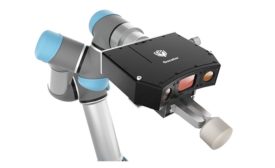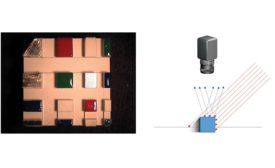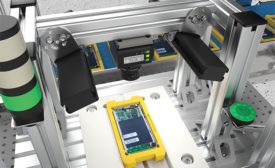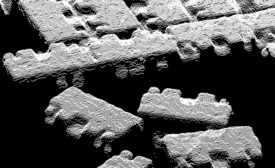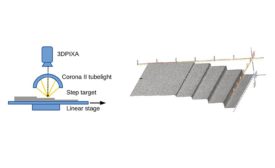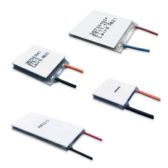Vision & Sensors
Vision & Sensors Headline
Illumination: The Third Pillar of Imaging System Design
Illumination is an often-overlooked yet crucial aspect of vision.
September 1, 2019
How to Choose a Vision Lighting Technique
5 common vision lighting techniques and 5 critical questions to ask.
September 1, 2019
Machine Vision Trends
A look at the most talked-about machine vision technologies, their practical uses and limitations, and which will have a long-lasting impact on your current and fixture applications.
September 1, 2019
3D Stereo Camera Repeatability Measurement
Understand the process to determine measurement repeatability of a stereo 3D camera.
September 1, 2019
Vision & Sensors Web Exclusive
3D Machine Vision Technology to Revolutionize the Vision Guided Robotic Industry
August 12, 2019
Vision & Sensors Headline
European Machine Vision Forum Enters 4th Year with Packed Agenda in Lyon
August 12, 2019
Stay in the know with Quality’s comprehensive coverage of
the manufacturing and metrology industries.
eNewsletter | Website | eMagazine
JOIN TODAY!Copyright ©2024. All Rights Reserved BNP Media.
Design, CMS, Hosting & Web Development :: ePublishing

